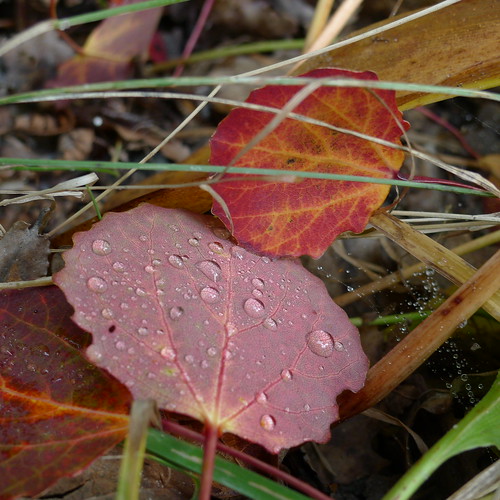It was on September 16, 2008 when I got my Panasonic LX3, which I had ordered a week before. Since then, I have taken over 125,000 photographs with the camera, learning a great deal about photography in these two years - mainly by failing to take good photographs. But each failure teaches a lesson.
In the beginning, especially during the first few weeks, there were massive amounts of things to learn about the LX3. I learned to avoid the "fully automatic" iA mode (which I have managed to avoid ever since), tweaked endlessly the film and color balance settings, experimented with low-light photography (with nice results), and generally made a lot of fuss about the camera.
There were occasional scary moments, such as when I noticed that the lens barrel of the LX3 is a tad loose, moving around when I was cleaning the front lens. Well, I soon noticed that this was normal - nothing to worry about. Each camera has some such things you only learn about by using them.
I also ordered some extra stuff to go with the camera (an adapter tube etc.), or which some was useful (screen protector film and a mini-tripod) and some not (the tube etc.).
Luckily, I didn't get too involved with the camera, and took photographs instead of pixel-peeping. This is the way to go. I have noticed on various photography forums geeks who point out the failings of various cameras - for example "jpeg smearing", "magenta color cast", "poor dynamic range" - but never seem to produce any photographs which work as photographs. (Of course, there are some exceptions to this rule.)
I'm not saying that I'm good as a photographer, but at least I try to take good photographs, and don't dwell too much on the gear.
However, I must admit that I was somewhat taken with the LX3, as it was such a leap forward compared to the Canon Digital Ixus 400 which I used previously. And I guess I have sometimes been a bit over-eager about the LX3.
But now that the LX5 is out I can relax. I no longer have a "latest and greatest" camera of its kind, and I don't mind. The LX3 is good enough.
In fact, I now fully understand why some photographers stick with their old gear (such as the LX2 or the Nikon D40). When the camera is good enough, there is no reason to switch to a new one.
Most cameras have been good enough for several years. You only need to learn whether a particular camera suits the specific needs you have. If you find a camera that works, stick with it.
Thursday, September 16, 2010
Two years and 125,000 photographs with the Panasonic LX3
Subscribe to:
Post Comments (Atom)






4 comments:
Juha,
125,000 photos in 2 years? When do you have time to write posts - or sleep for that matter? According to my crude calculation that's over 170 photos a day on average. I suppose you routinely delete the vast majority when you post process...
John
@John: Having a really simple workflow helps to focus on photographs, not processing. I wrote some words on this at the 100,000 photographs milestone. And indeed, I delete 90-95% of my photographs when I view them the first time.
Impressive stats Juha specially compared to my measly 700 or so photos in the same period :)
I have a question for you if I may. My current camera, a DSLR which I won, does a great job but is heavy and bulky. Your photos and your words on the LX3 has me thinking of trading in my DSLR for a smaller cam. My question is this, in Australia the LX5 is about $850 while the LX3 is about $450, do you think it's worth going for the LX5 or should I save myself $400?
The question may end up being moot as I first need to sell my existing camera which may not be worth enough to even pay for the LX3 :)
Anyway I'd be interested in your thoughts on this.
Thanks,
Cedric.
@Cedric: A good question! I tried to answer in a new posting. And I think 700 photographs is plenty!
Post a Comment